- Outstanding 1,236 square inches of total cooking space
- Slide and Grill functionality effortlessly offers indirect cooking
- Smart Smoke technology delivers excellent smoke infusion
- Respectable 22-pound pellet hopper with quick release function
- Control from your phone with Wi-Fi and Bluetooth connectivity
“Great-tasting food will always bring people together.” That’s the mantra behind Camp Chef, an industry mainstay from 1990 that builds some of the camp-friendliest outdoor cookware we’ve seen. That brings us to the Camp Chef Woodwind Wi-Fi 36-inch pellet grill — if you want the ease of pellet grill smoking and the satisfaction of toggling indirect cooking on and off with a convenient knob, you’re in the right place. If you don’t, try it for yourself.
This is a great pellet grill built with respectable results, above-average construction, and a few tucked-away bells and whistles to get you, well, whistling. Everything we asked of the Camp Chef Woodwind Wi-Fi, it did well. We loaded it chock-full of meat; it gave us great smoke and better bark. We set high expectations for temperature evenness; it met them. Even ash disposal turned out effortless by comparison. (Have we got your attention yet?) If you’re intrigued so far, good news! It gets even better.
Performance:
First up? Thermocouple tests. Setting the pellet grill to the “smoke” function (160°F, give or take), we left the grill alone for an hour. The thermocouples indicated an average overall grill temperature of 192°F, with a low level of deviancy — the outlier was our probe in the top-left quadrant at approximately 30 degrees higher. That’s a better batting average than many indoor ovens out there today. (With that said, we don’t want to see any of those pumping out smoke.)
Next, we ran our preheat and evenness tests on high, which pauses at about 500°F. After 15 minutes with Camp Chef’s Slide and Grill heat deflector covering the firepot, the Camp Chef Woodwind’s average cooking grid temperature sat at 320°F. (Does that sound low? Maybe. But with the Slide and Grill plate pulled away from the firepot, 15 minutes will give you plenty enough heat for great searing.) For the high-heat evenness test, we ran the pellet grill for 30 minutes; the average cooking grid temperature was about 439°F. Our pal in the top-left quadrant was once again the furthest off, at 100 degrees above the average.
And now, for the number science you can eat! Chef Tony covered the pellet grill surface with 28 4-inch patties; we saw consistent, even results, barring a few in the leftmost quarter of the cooking grates. Afterward, uncovered the firepot with that heat deflector to sear those beautiful steaks we all love so much. He had this to say: “Searing can definitely be a challenge with some pellet grills, but with Camp Chef’s Woodwind? This was not the case. I was very impressed with the all-over, steakhouse-like crust I was able to put on my steaks.” When asked more, he added: “The direct flame provides enough heat to get a nice crust before the inside is over-done. Whereas a pellet grill without the option of the direct flame does make it a little bit hard to sear a steak without just kind of you know, baking it through.”
“Great,” you ask, “but what about low and slow?” Don’t worry — we weren’t going to forgo the tried-and-true test of any pellet grill. For this final real-world test, we buried the Woodwind grates in a few solid pork shoulders, a smattering of baby back ribs, an entire chicken, a few handfuls of sausages, and whatever vegetables we could fit around them. (Not many.) The result? Chef Tony packed nearly 20 folks full of perfectly smoked grub. What more could we ask for?
Quality:
Great performance isn’t our only measuring stick for a great pellet grill, so let’s discuss Chef Tony’s favorite topic: XRF scanners and digital calipers. The pellet grill lid clocked in at 14-gauge, 304-grade stainless steel; the enameled steel rods of the cooking grids measured nearly 5 millimeters thick. (The extra top grates are coated in nickel instead, but still about 5 millimeters thick.) We determined 17-gauge powder-coated steel for the firebox. Meanwhile, the firepot itself registered 304-grade stainless steel construction, and its Slide and Grill heat deflector is 16-gauge steel. Above that, the drip tray diffuser pan is built from 13-gauge steel.
That’s right: we pivoted straight back into the number science! So, what’s that mean for you? The Camp Chef Woodwind pellet grill is not only an above-average construction for this class of grill, but it’s respectably well-built. Then again, it’s consistent with what we’ve seen from Camp Chef in the past. If you’re already a fan of the brand, the Woodwind Wi-Fi will only make you a bigger believer; if you’re interested in taking it for a spin, this is certainly solid quality for the price point.
Features:
Camp Chef Woodwind’s Smart Smoke feature is a great place to start. For that mountain of smoked grub, Chef Tony ran the smoke setting at 10. “It makes a very noticeable difference.” (Check our video above to see what it did for the barbecue’s bark!) And this pellet grill doesn’t stop there: it packs plenty of pellets with that 22-pound hopper, and that’s a generous size for longer low-and-slow smoke sessions. There’s a knob for a quick and dirty pellet purge — whether you’re stowing the grill or swapping out pellet flavors, it’s a great touch. Beneath the lid, the main cooking surface is boosted by a pair of bonus removable cooking grids. Boy, do we love those top racks: fill out an entire second cooking surface, stagger them, or space them for whatever you have in mind. Combined, that’s a whopping 1,236 square inches of grilling and smoking space.
With “Wi-Fi” in the name, we expect a certain standard of convenience. Camp Chef didn’t disappoint here: the Wi-Fi and Bluetooth-enabled PID controller does what you’d expect, allowing smartphone integration to the grill’s interface. Some grills let you see the readings, and that’s it. Here? Not so. Manage the pellet grill’s temperature, adjust the smoke levels, and even monitor (and label!) any of the 4 meat probes to watch your session’s progress. Not attracted to that feature? Don’t worry about it: keep your smoking style old school, and simply use the PID controller’s physical knob instead.
But our top features had to be the Slide and Grill diffuser baffle and the ash disposal. We’ve already mentioned the former a few times, but Chef Tony considers that his killer attraction for this pellet grill. Here’s why: with a simple push-pull knob, you can swap between direct and indirect grilling without needing to open the lid. (Let alone remove any components. How awesome is that?) When it’s time to finally extract the ashes, the typical pellet grill requires pulling cooking grids, heat diffusers, and so on. This time? Nope! Another handy knob conveniently dumps your ashes into a metal cup below the firepot. It doesn’t really get any easier. If it did, it’d mean Camp Chef themselves would have to send a guy to your pellet grill for ash removal.
)
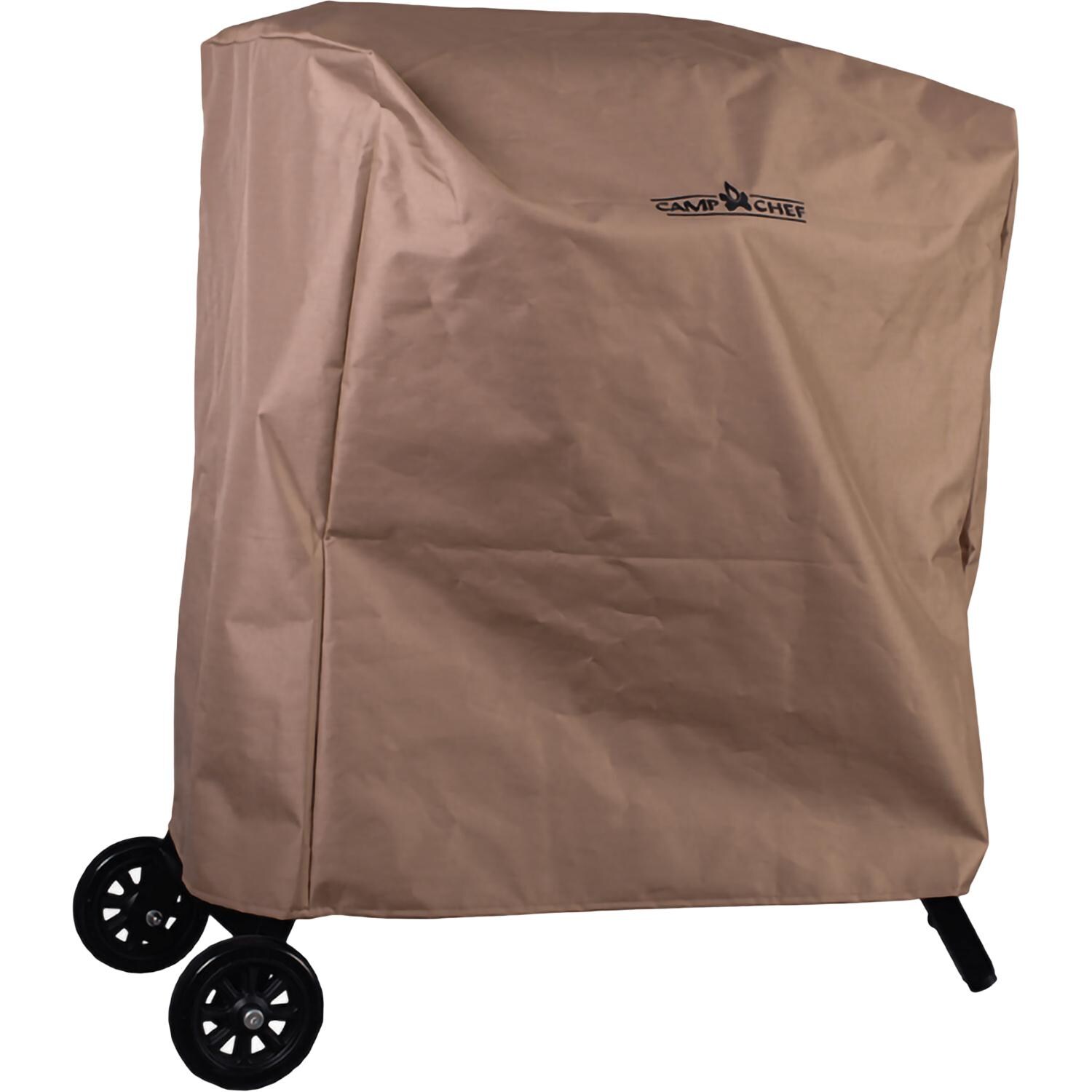)
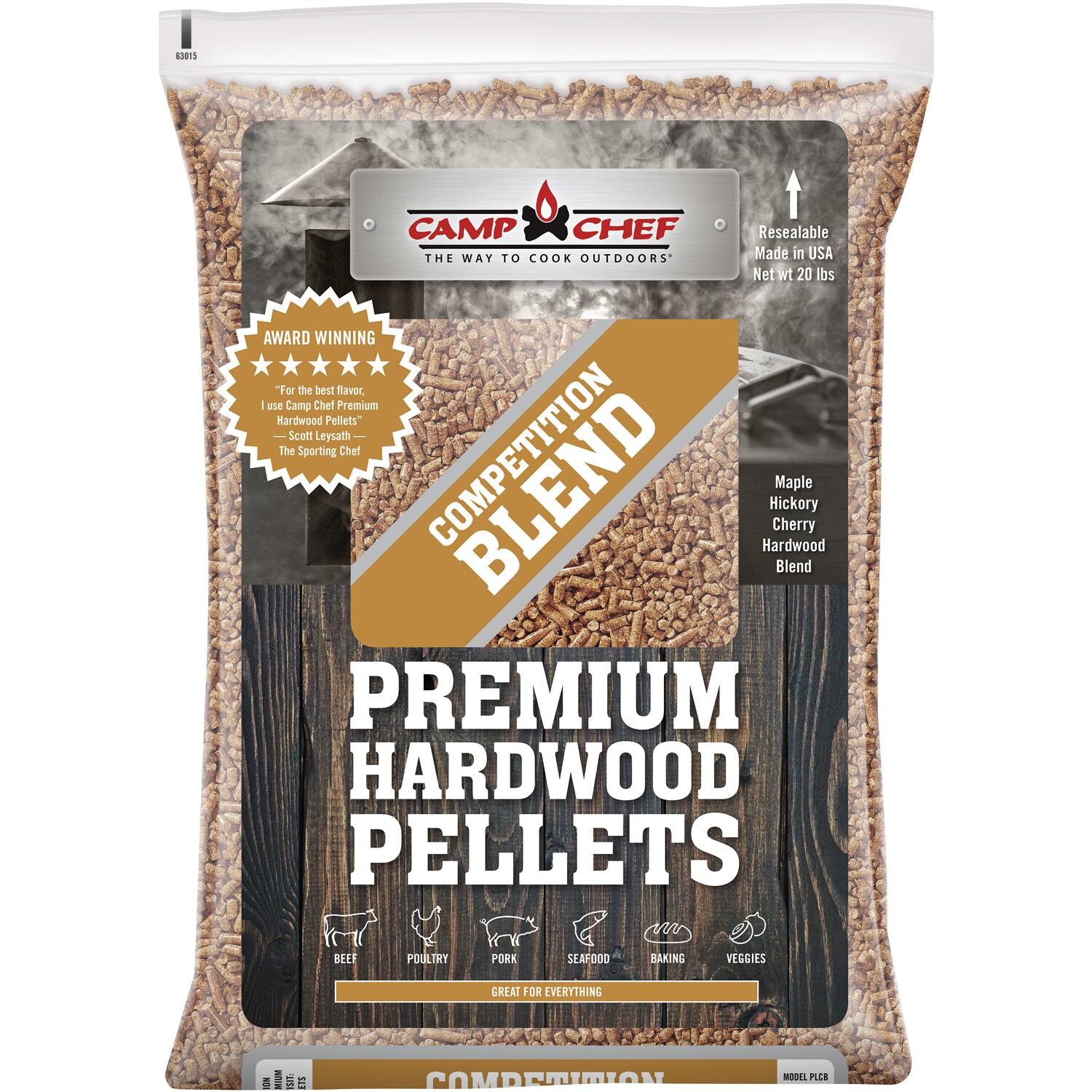)
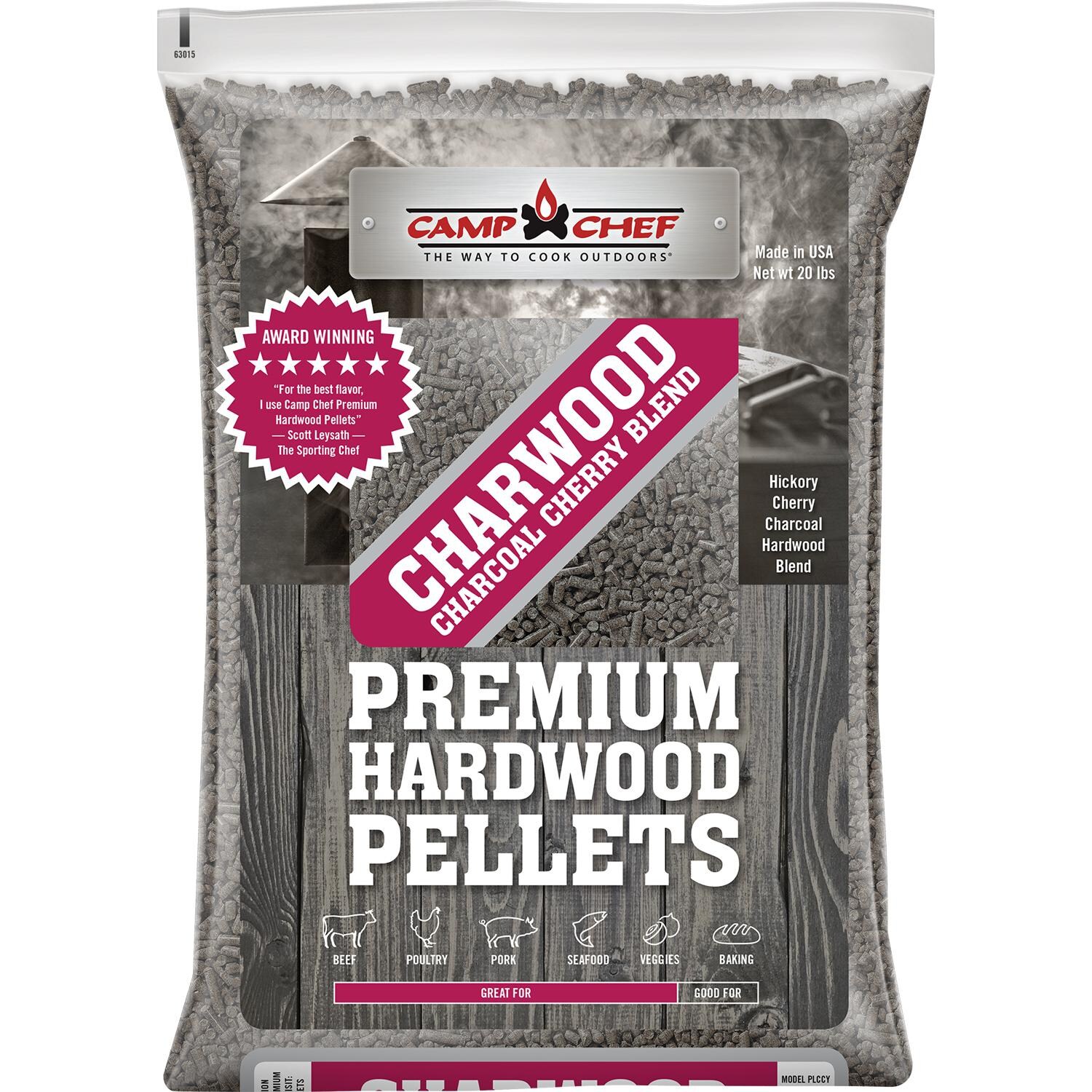)
)
)
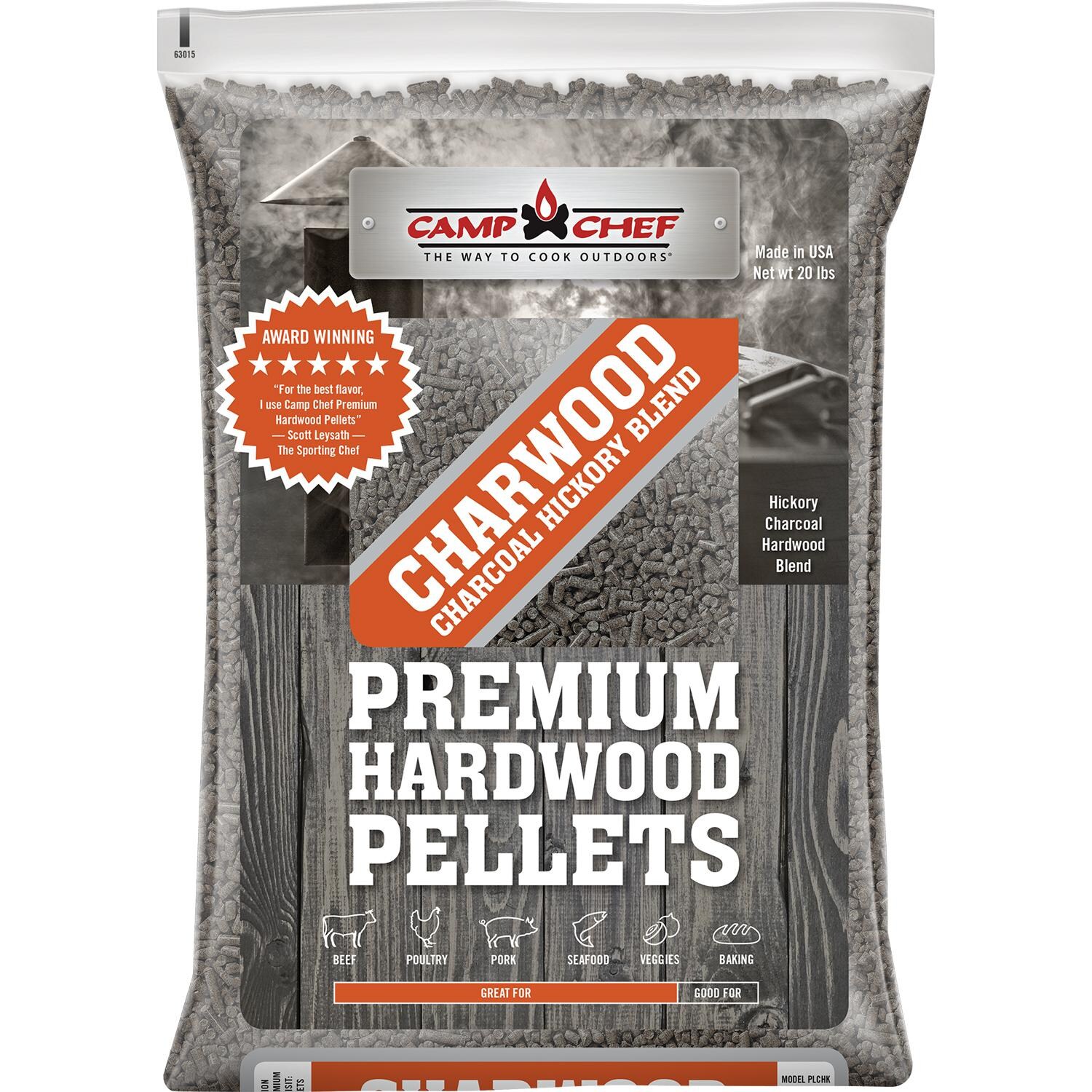)
)
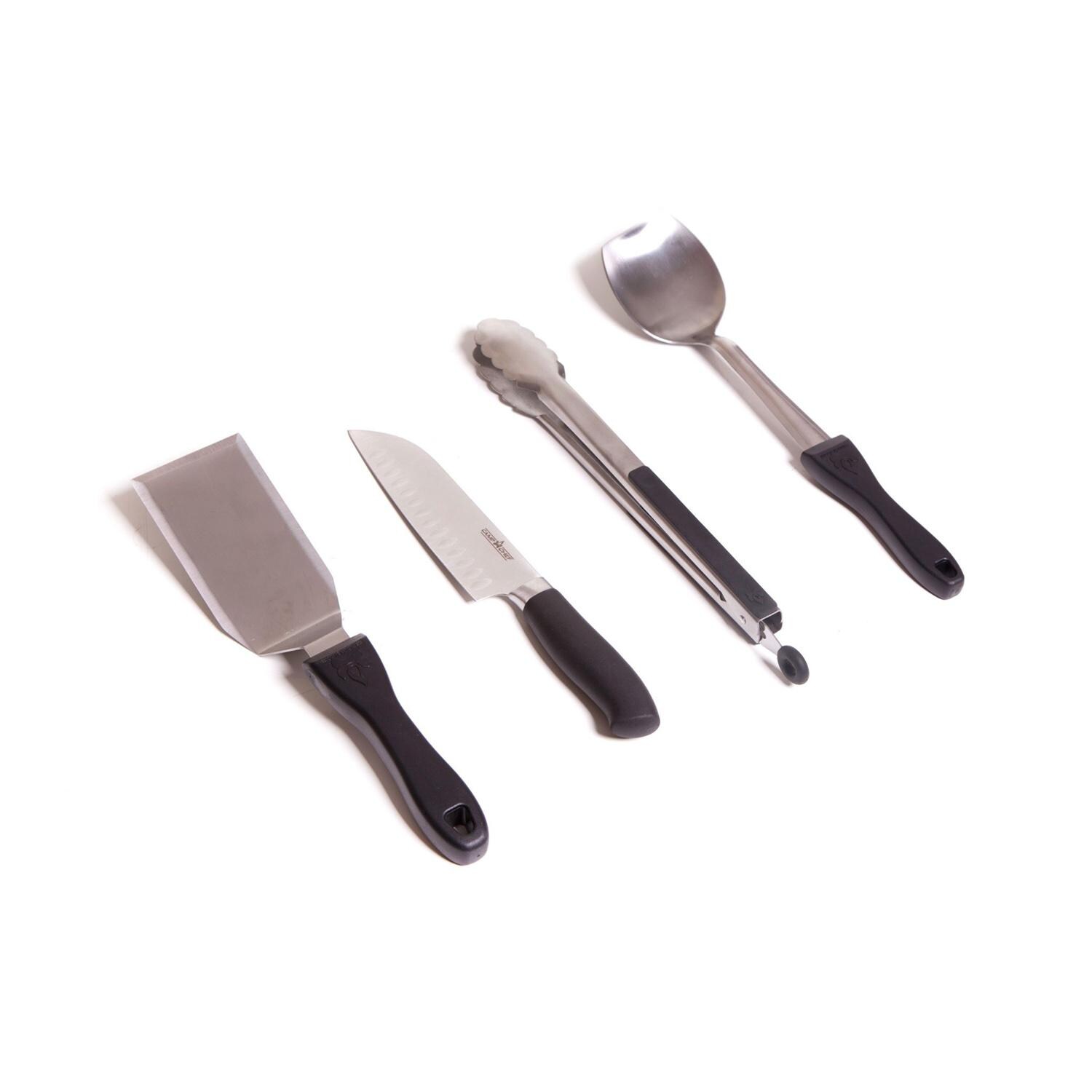)
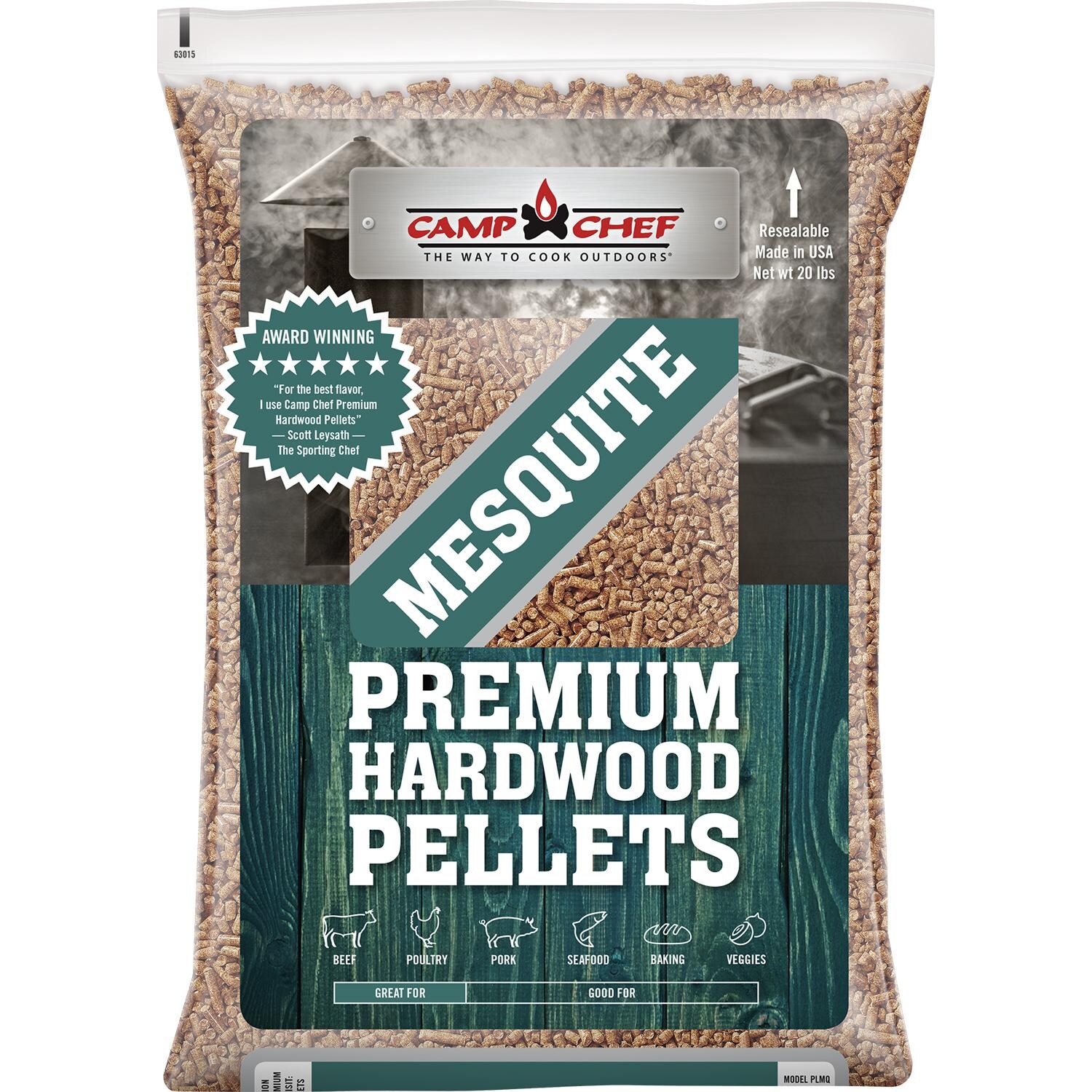)
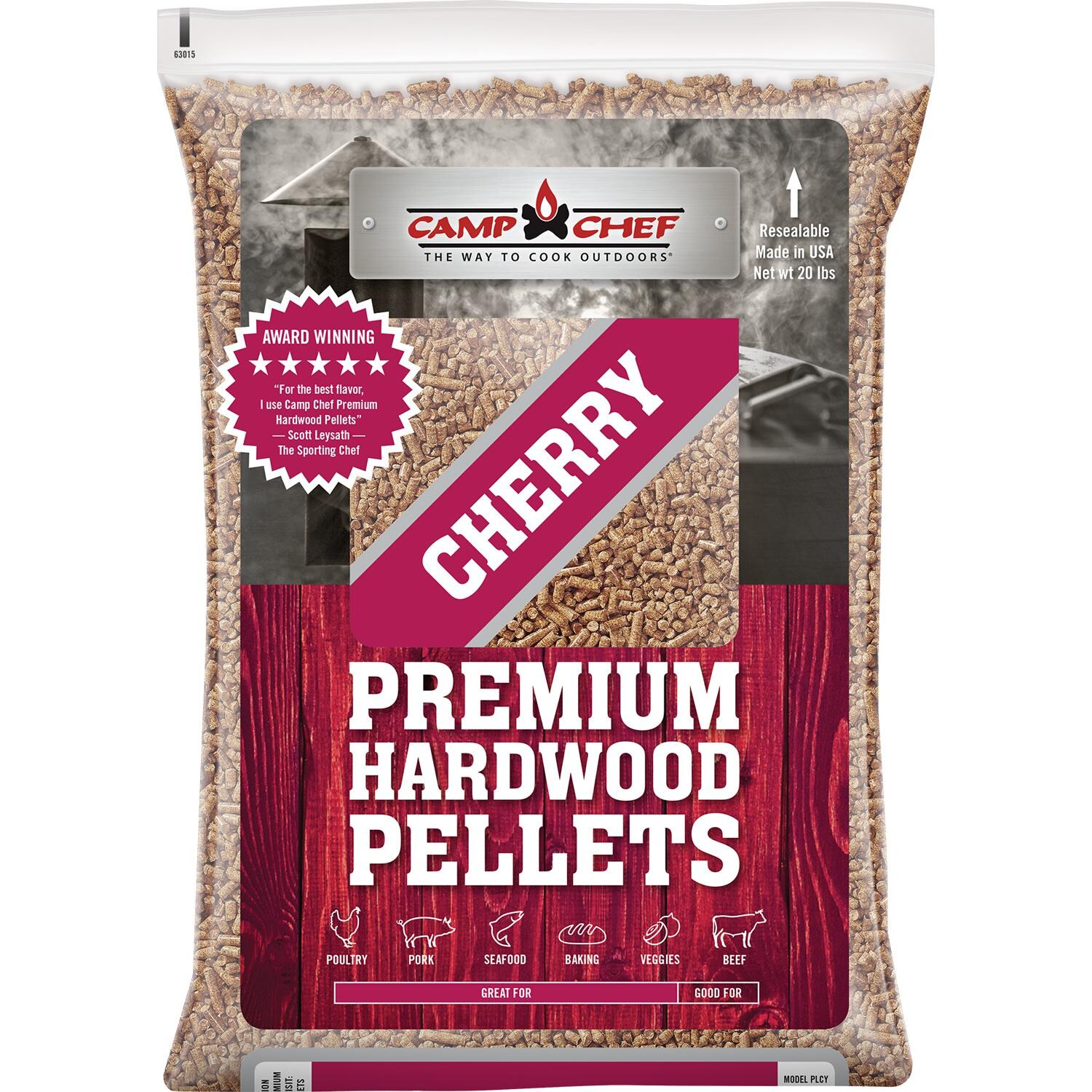)
)
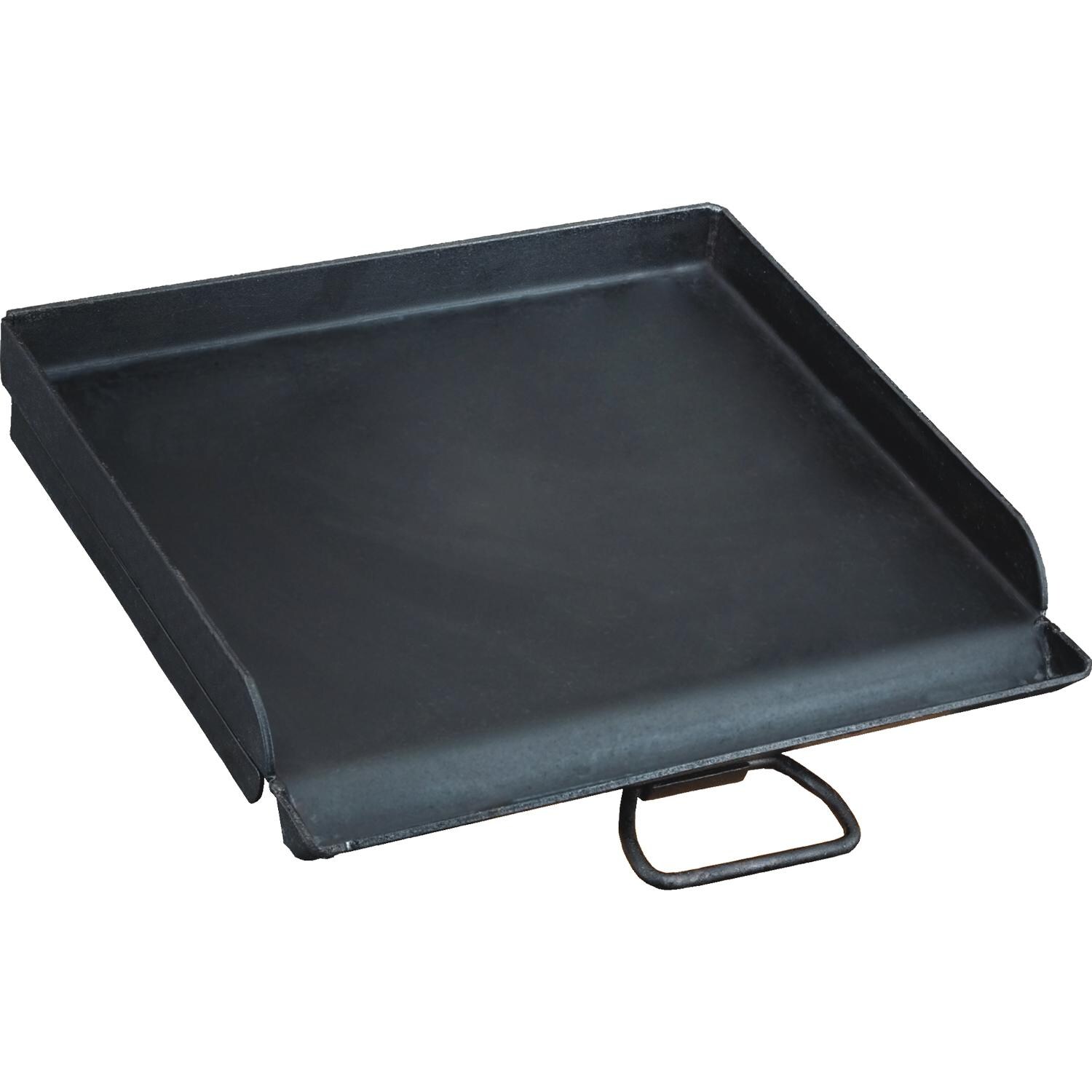)
)
)
)
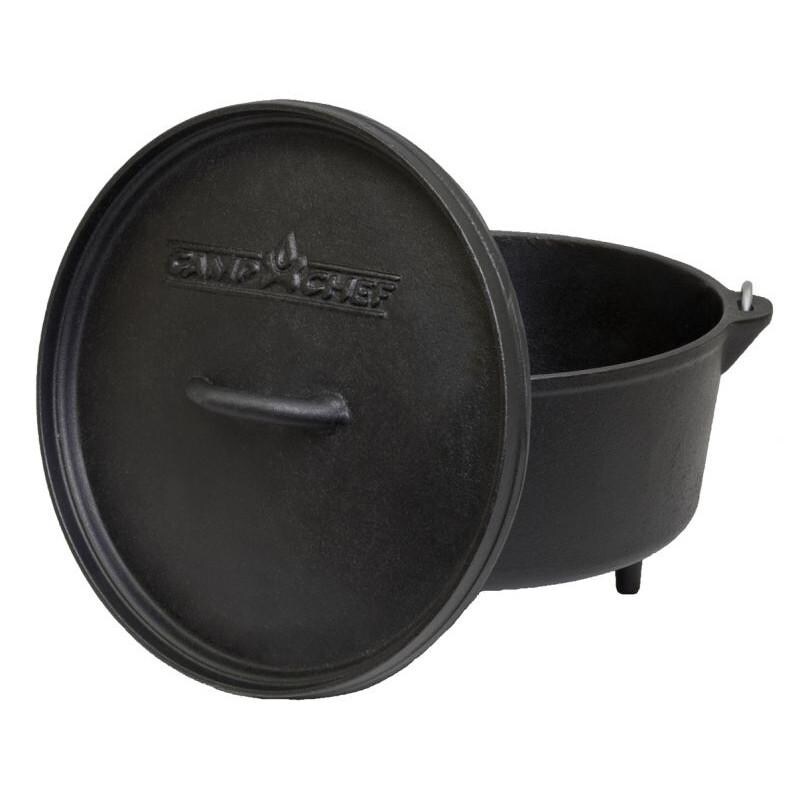)
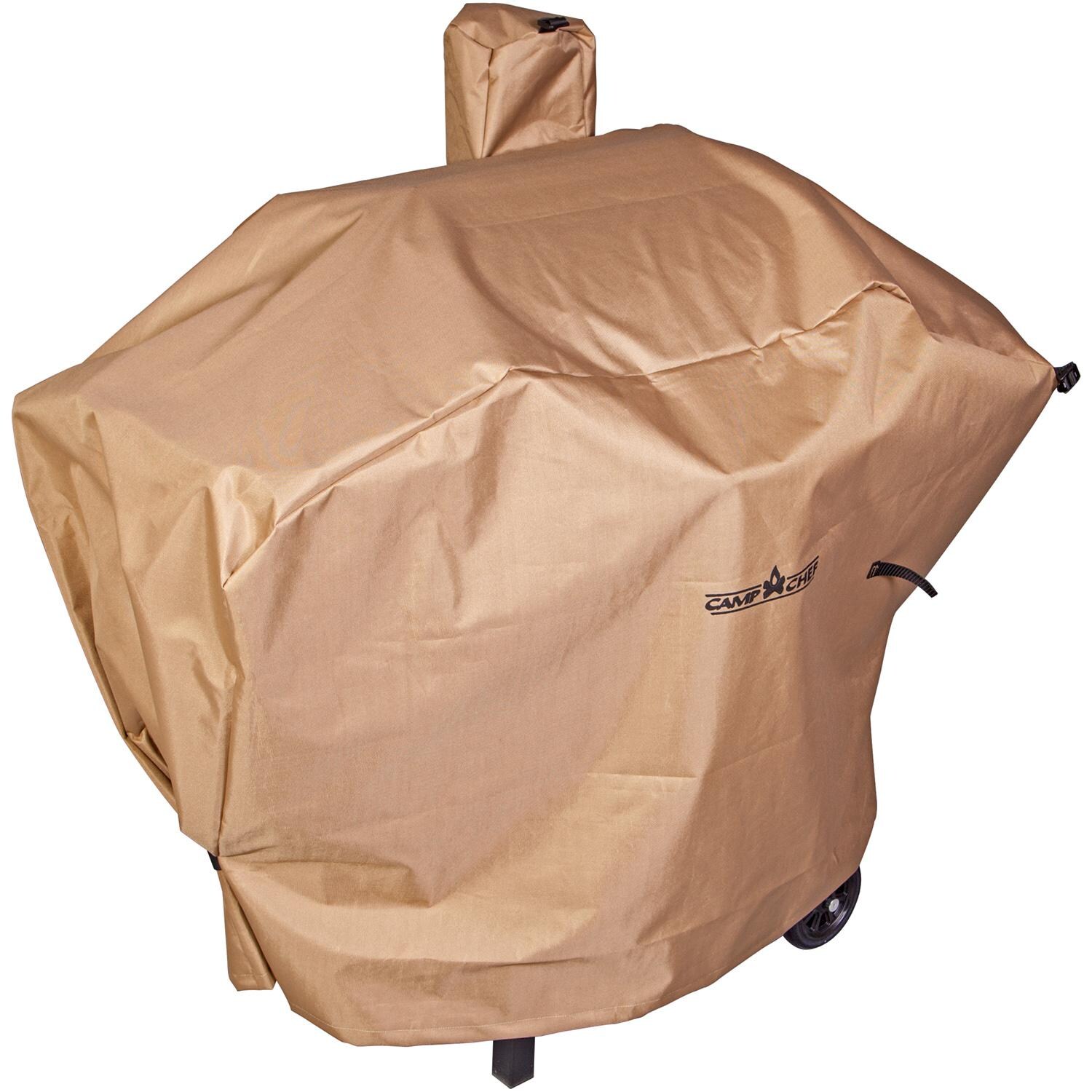)
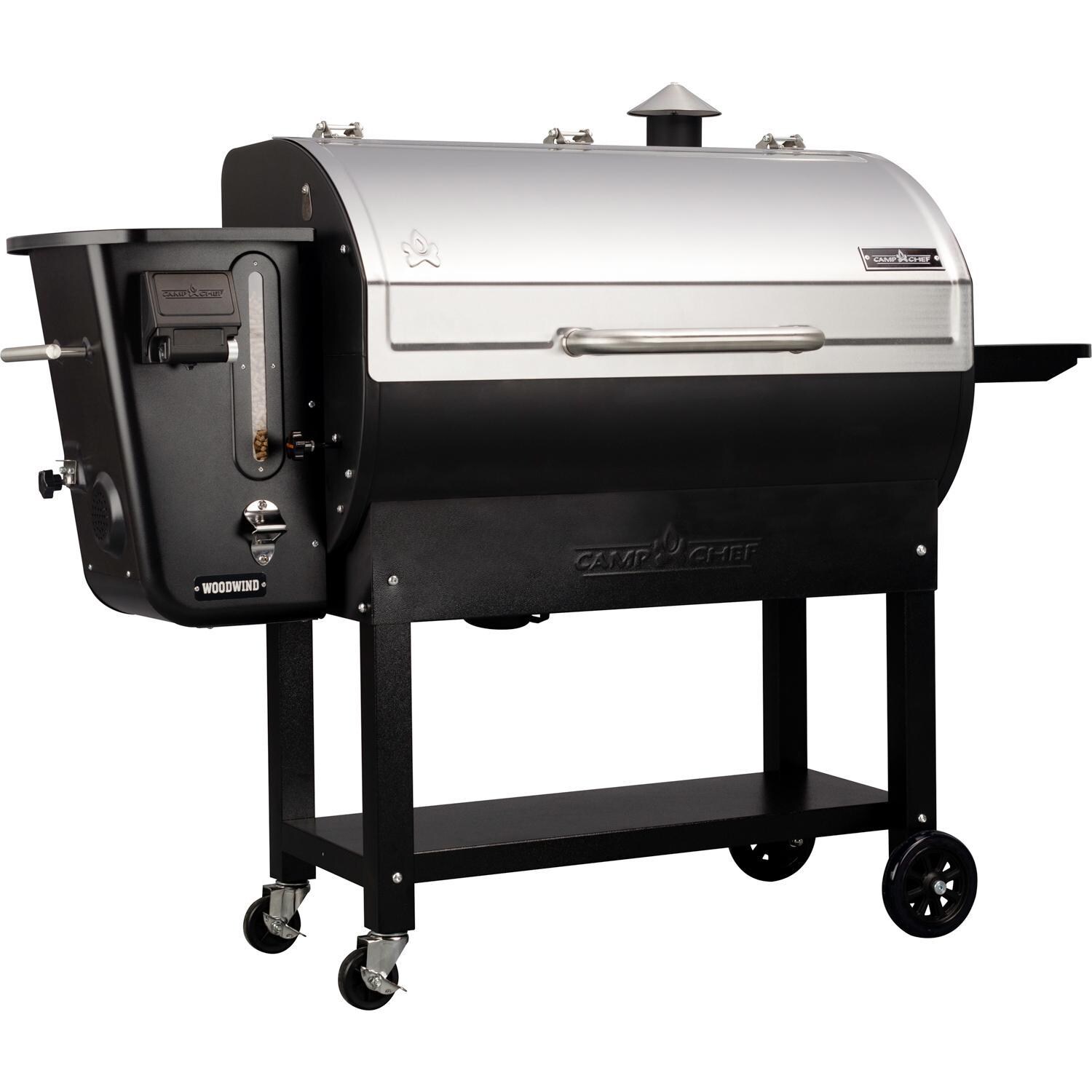)
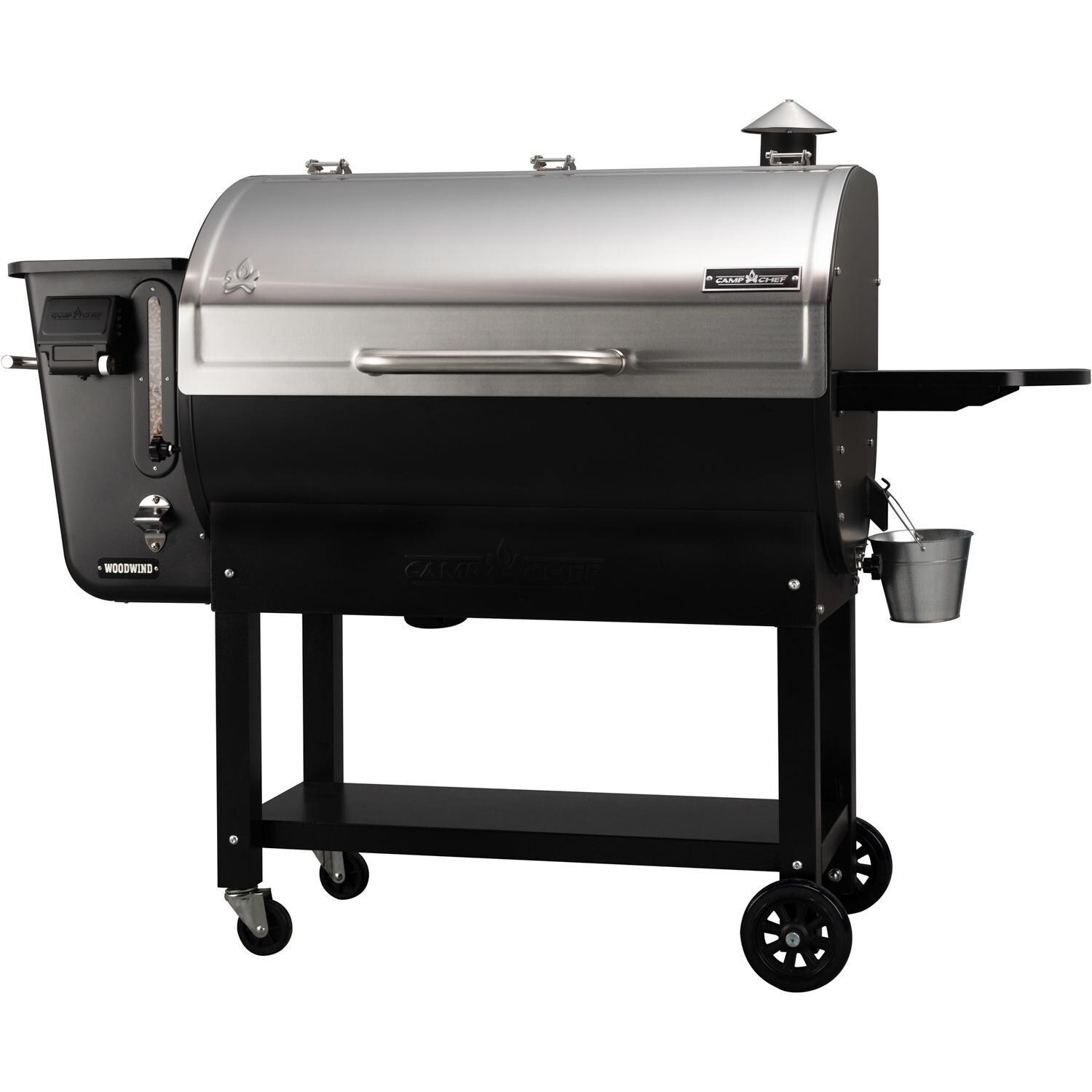)
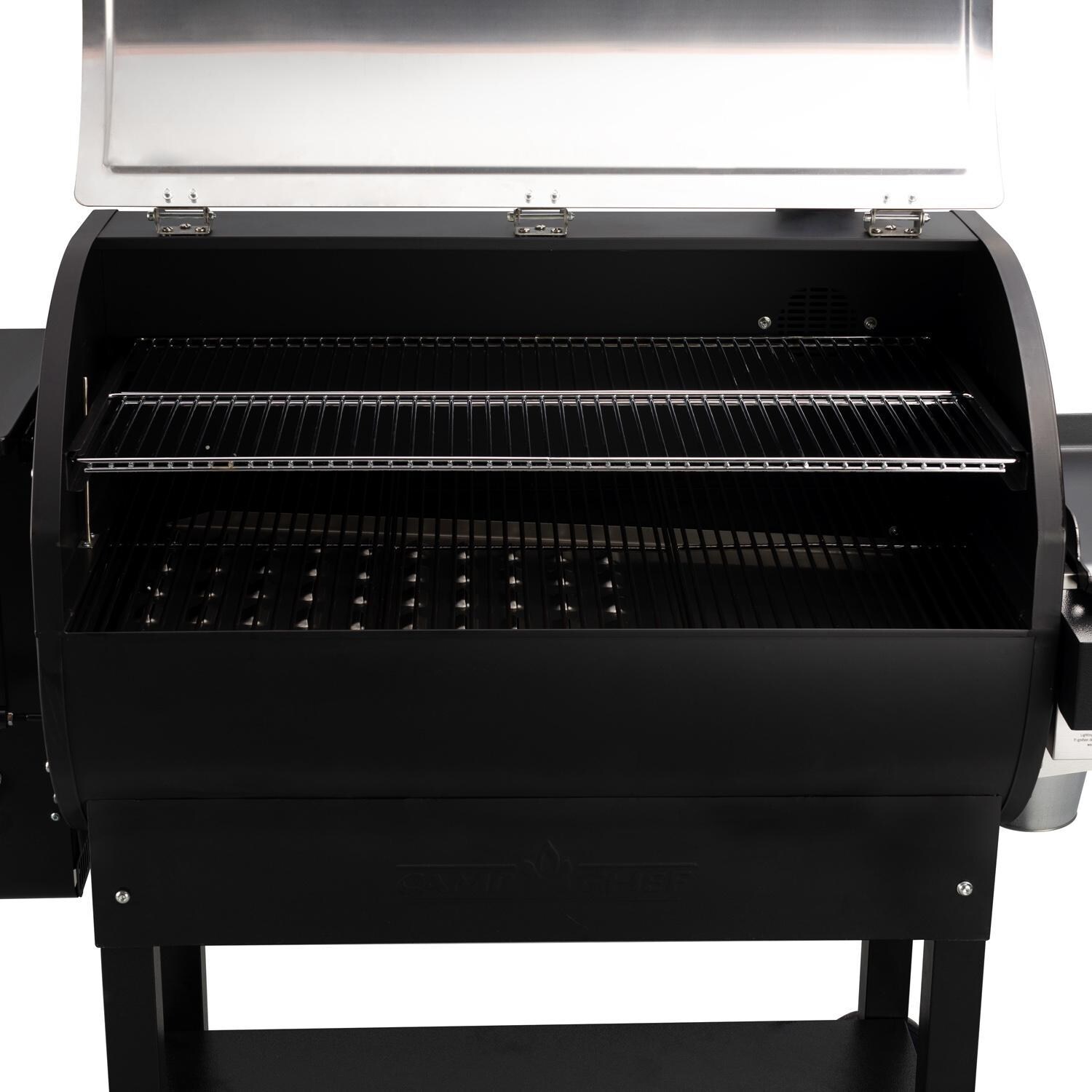)
)
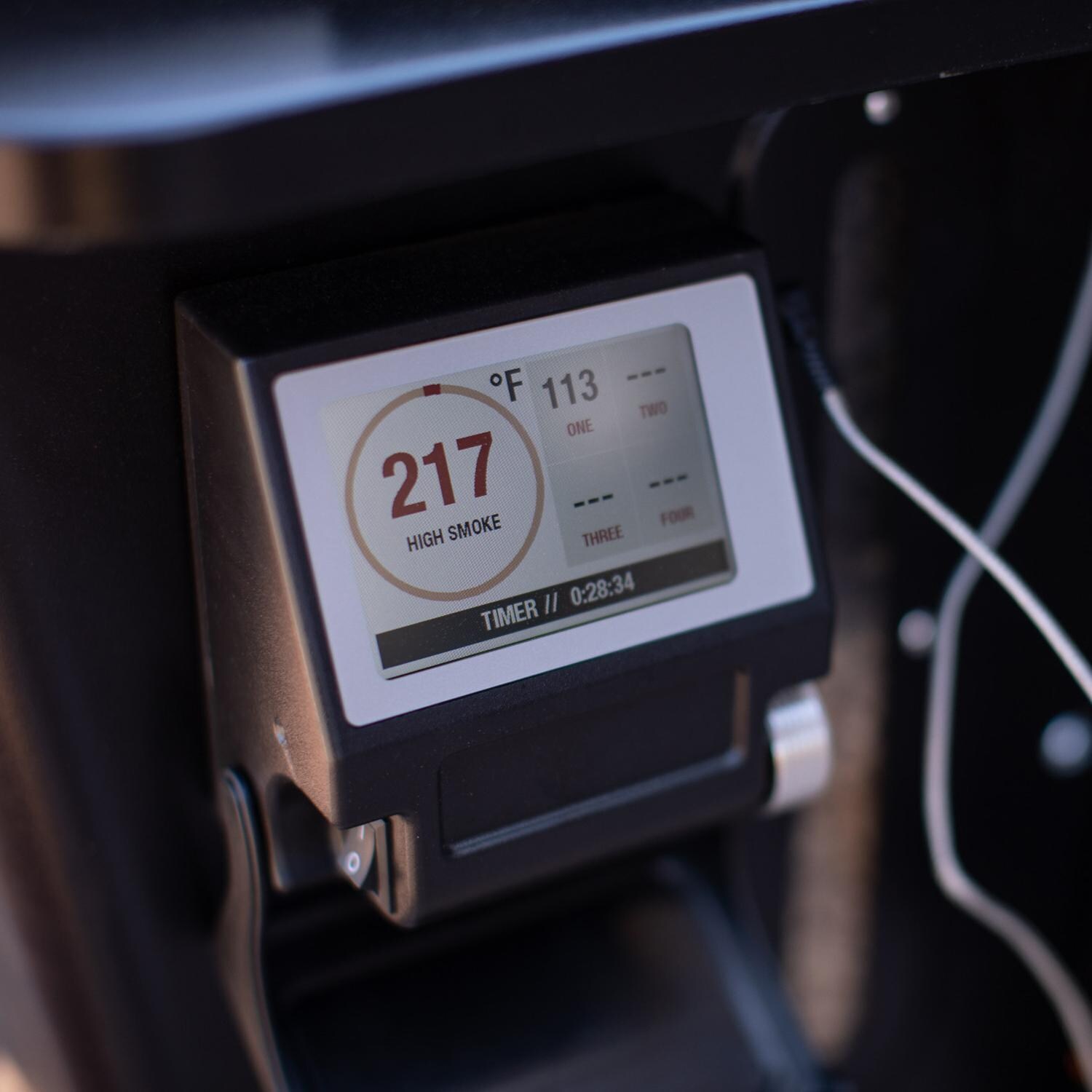)
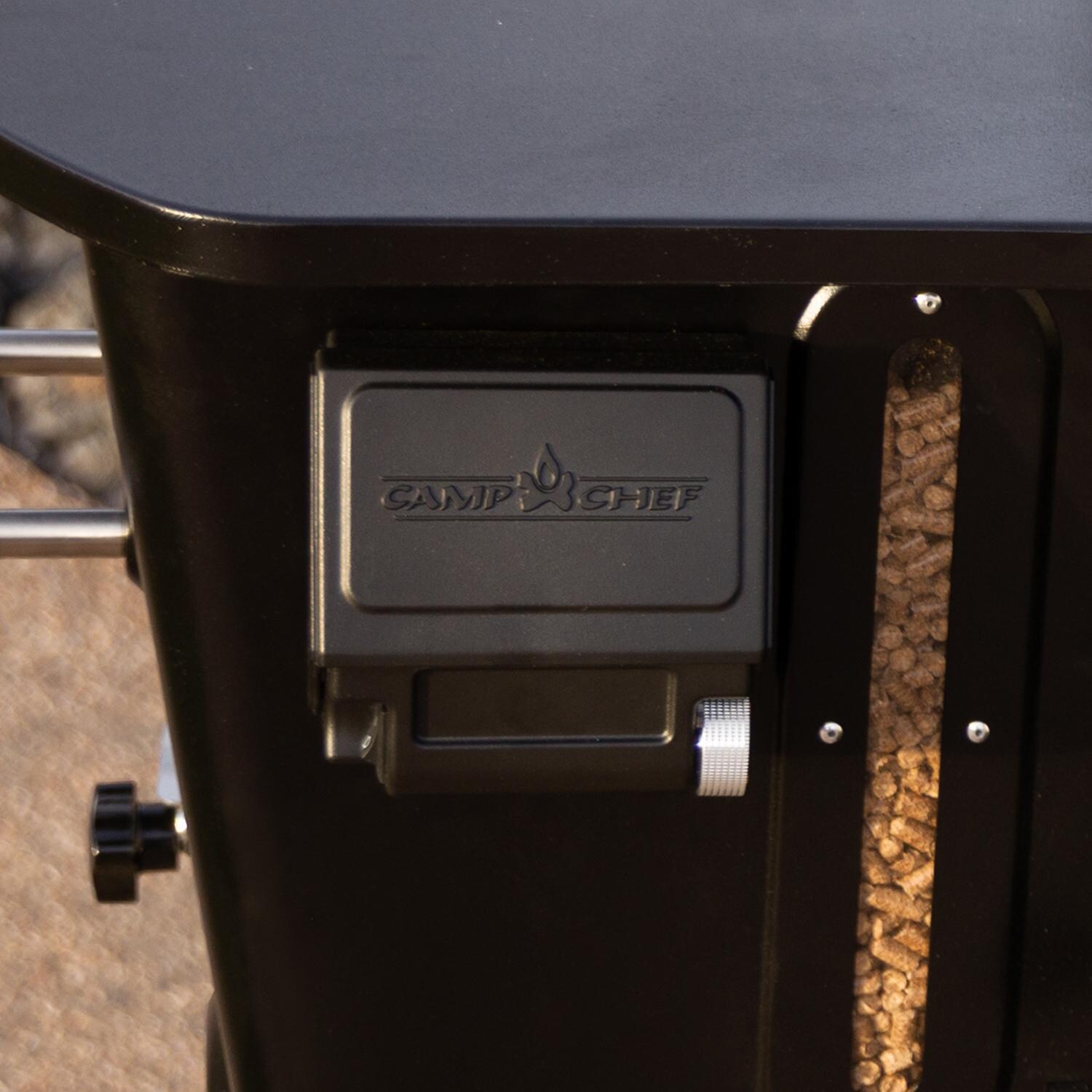)
)
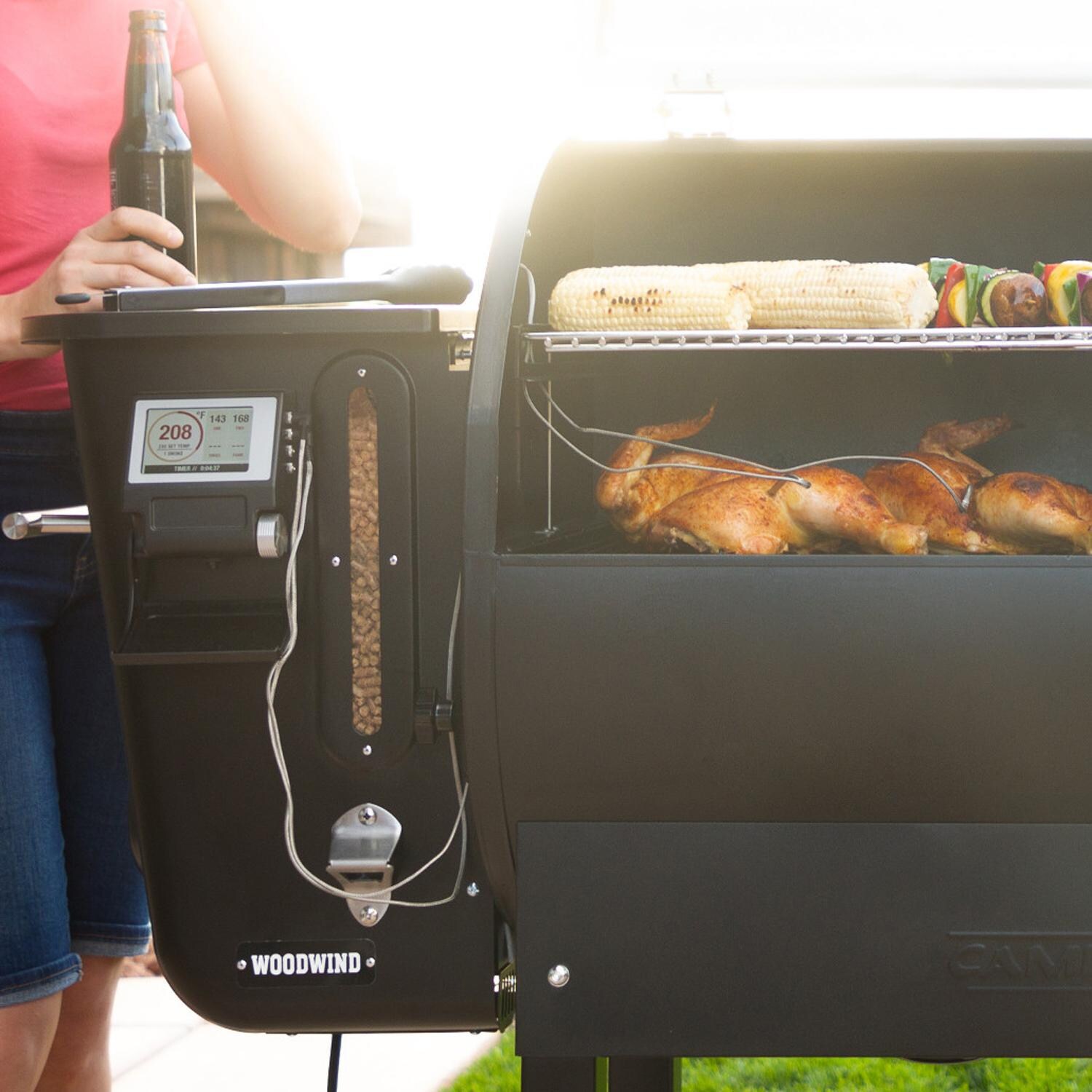)
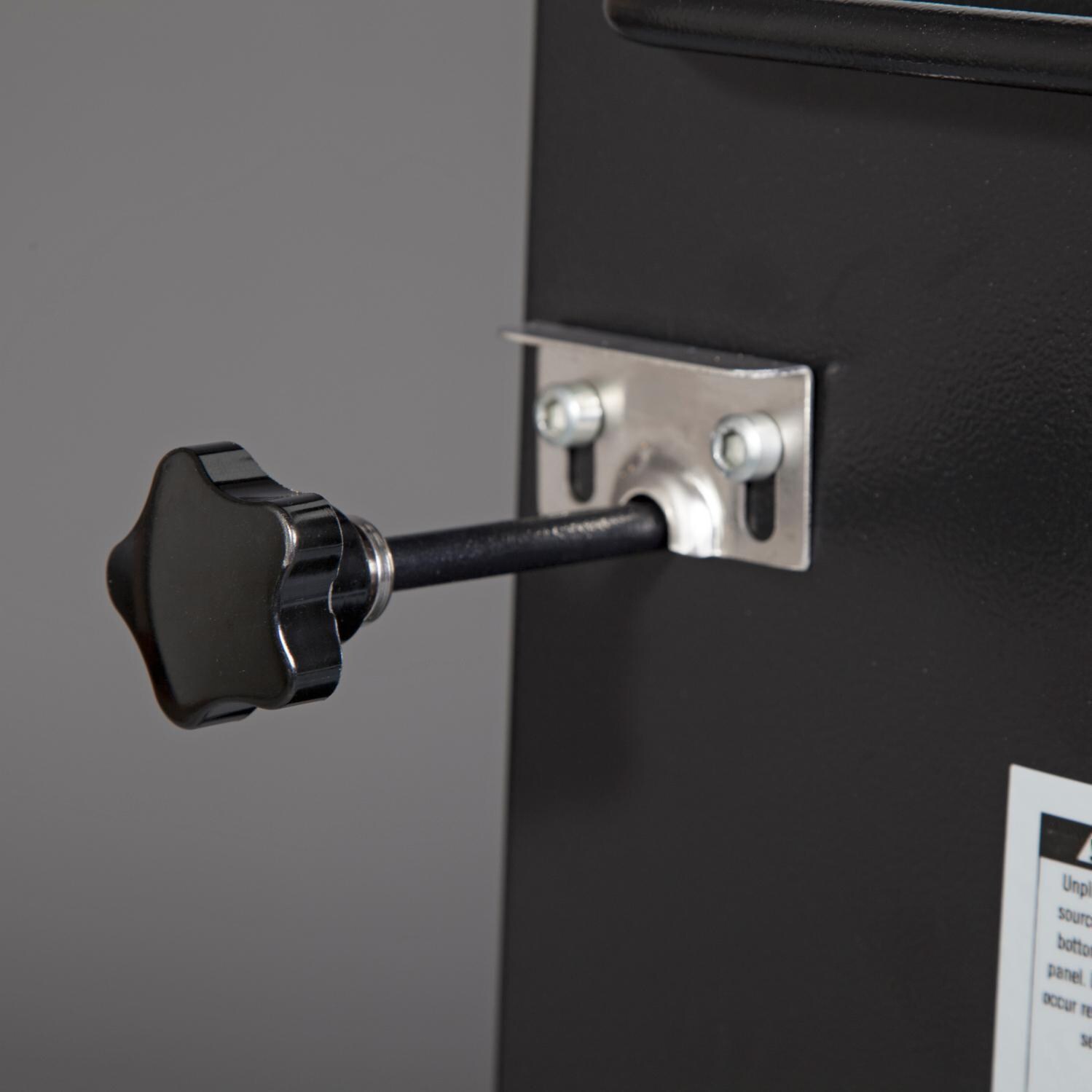)
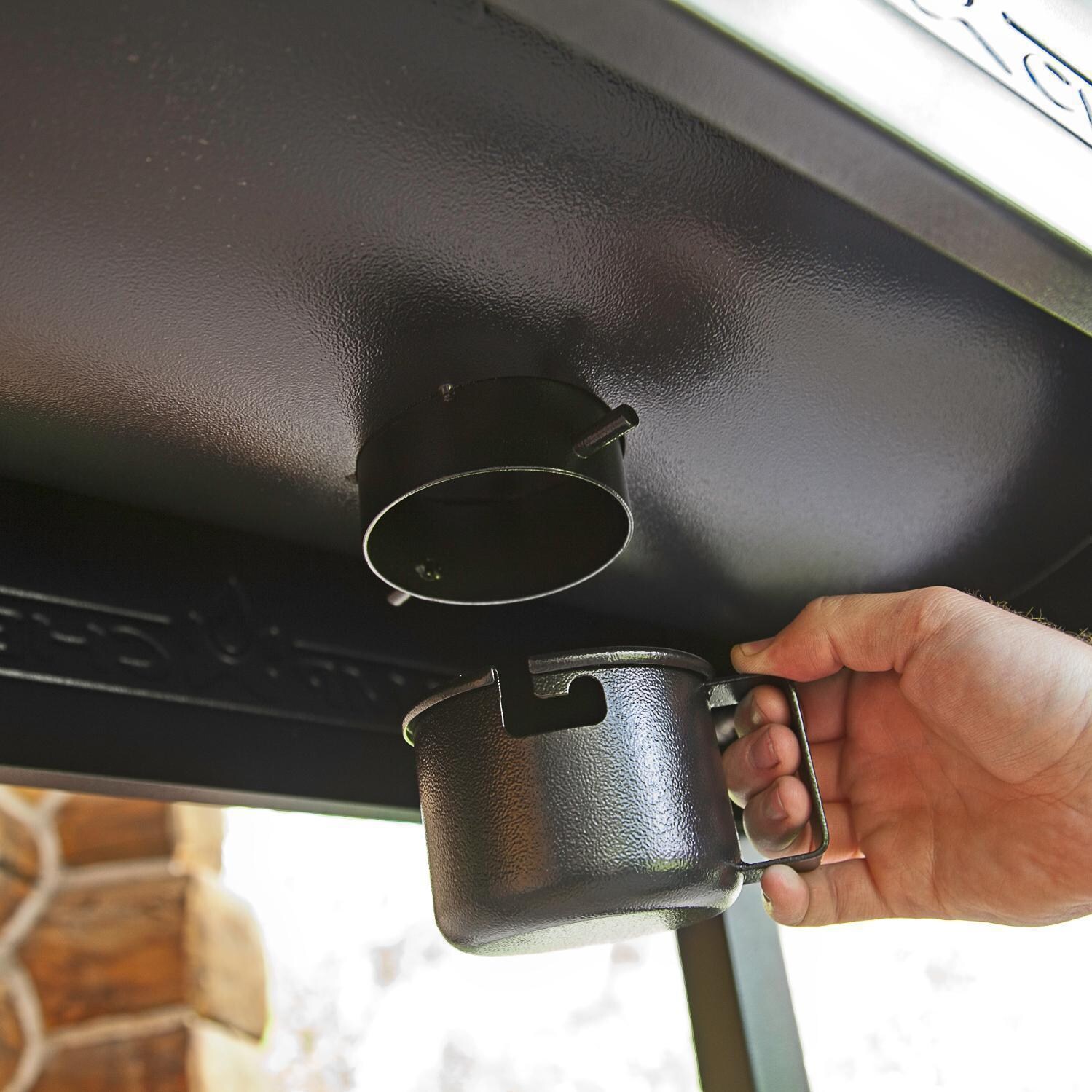)
)
)
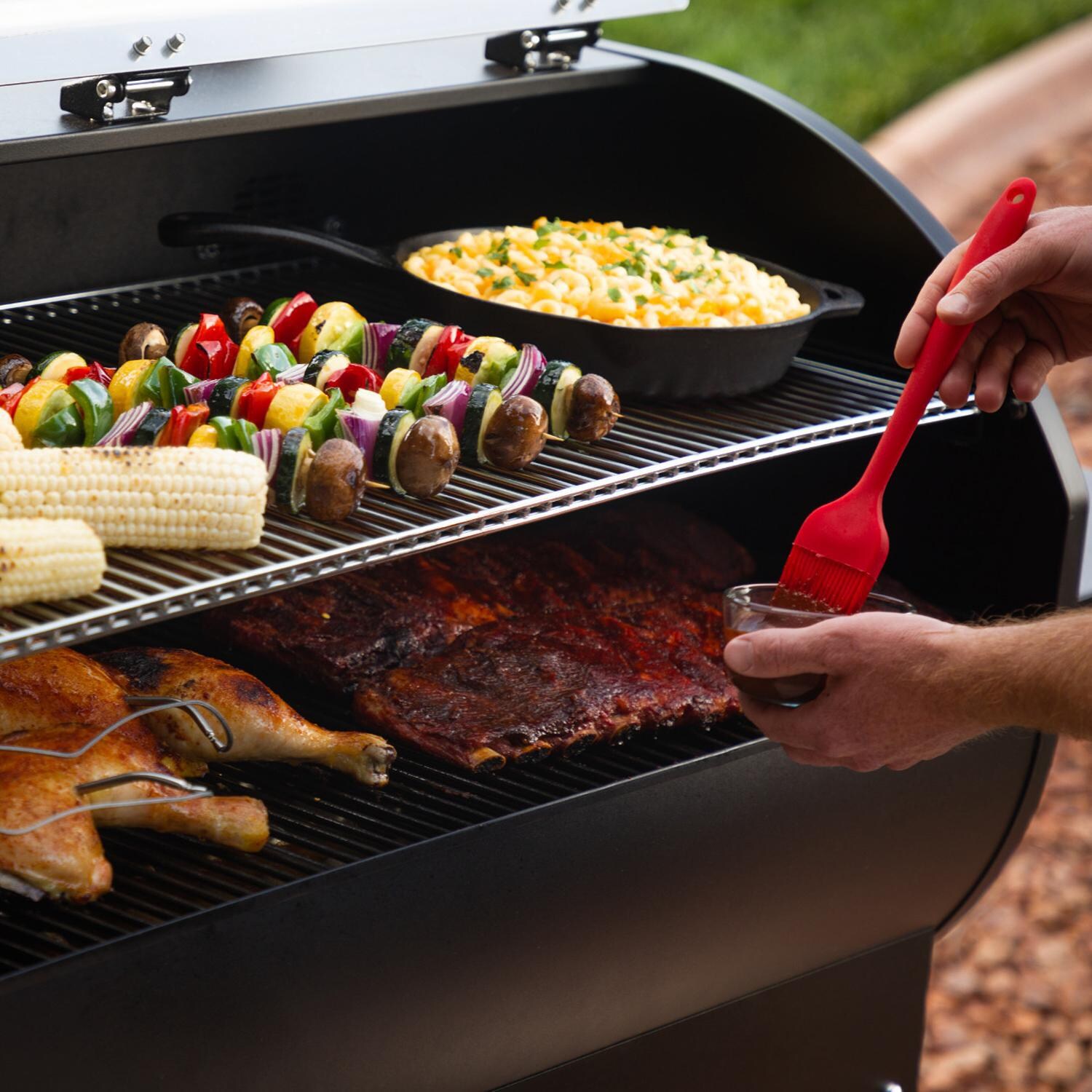)
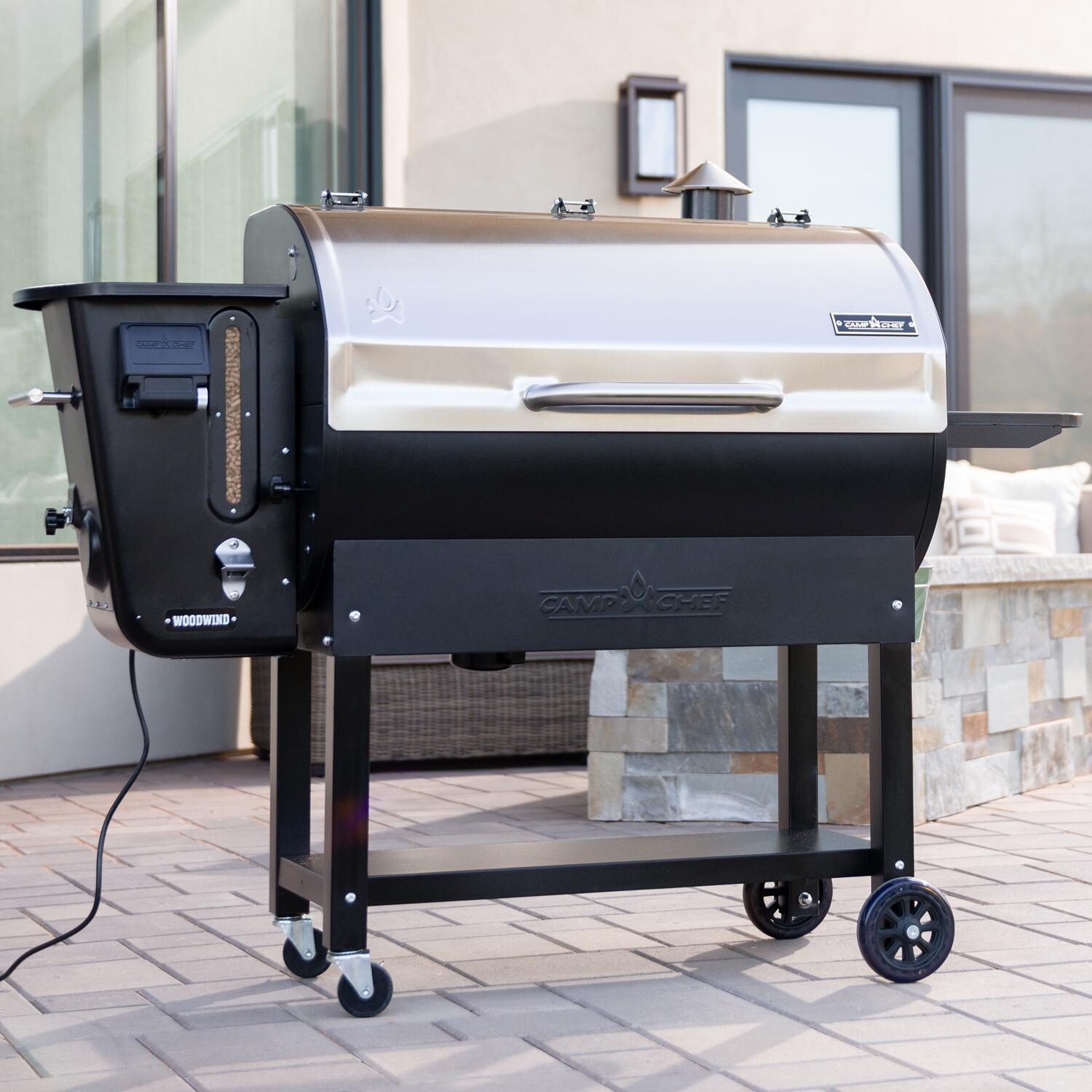)
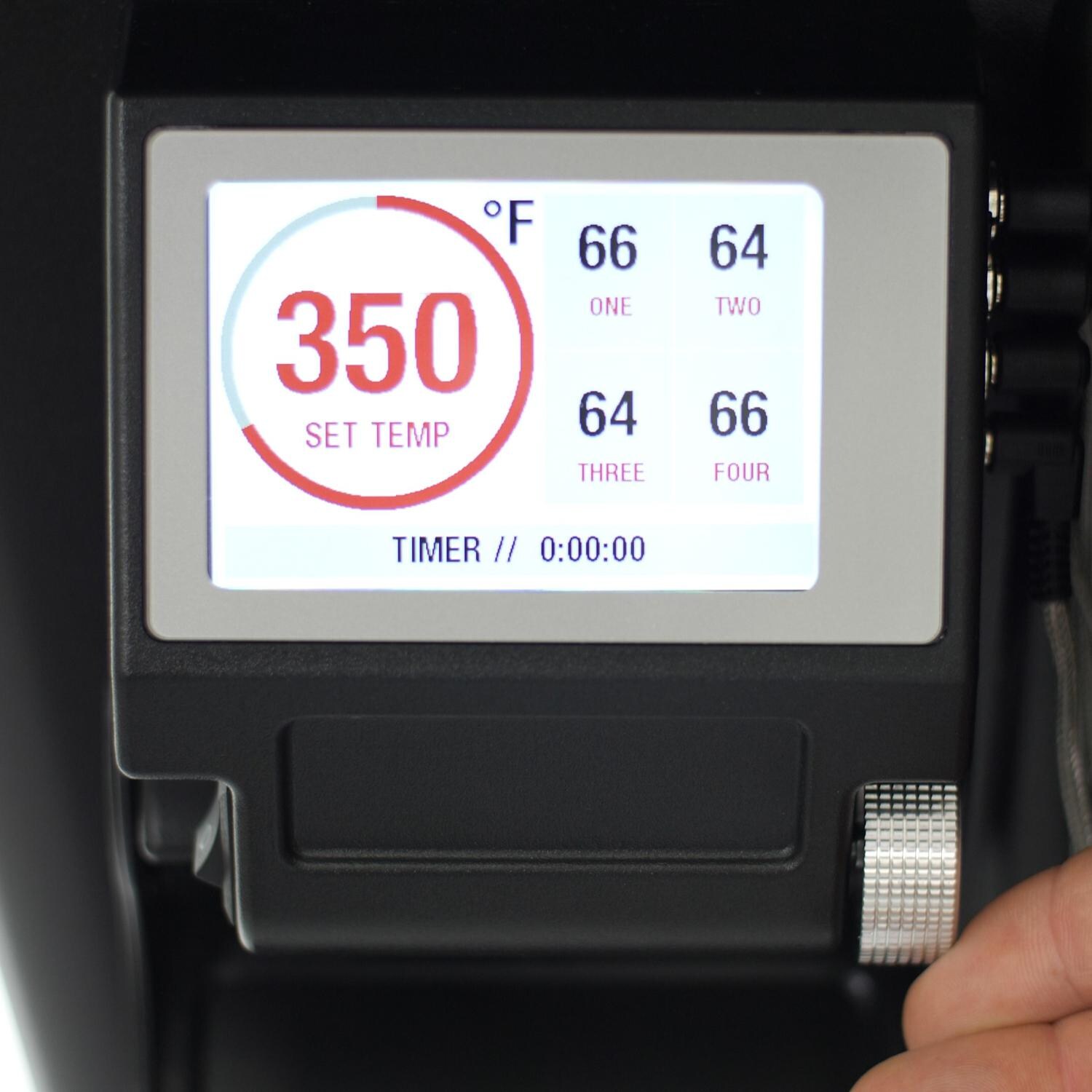)
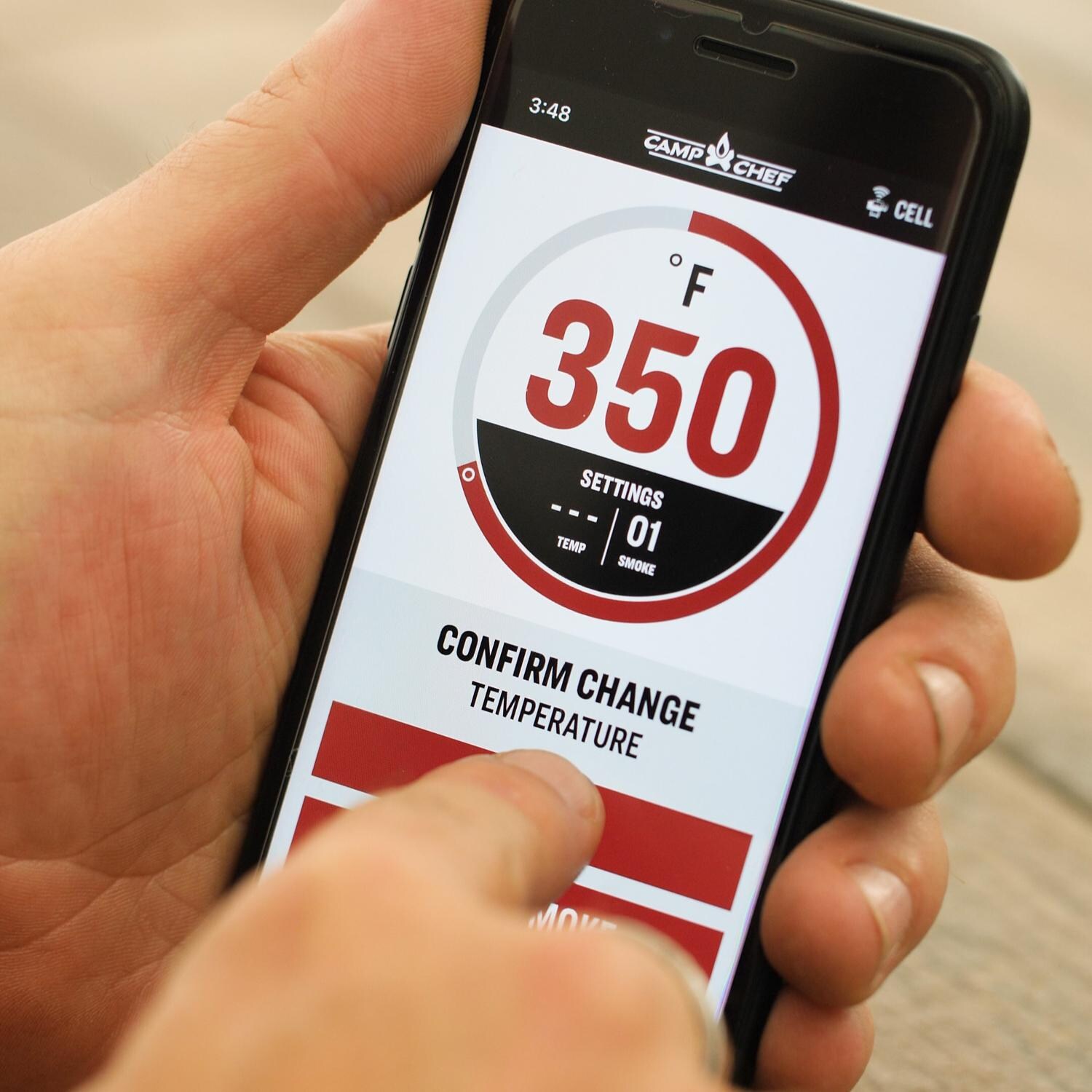)
)
)




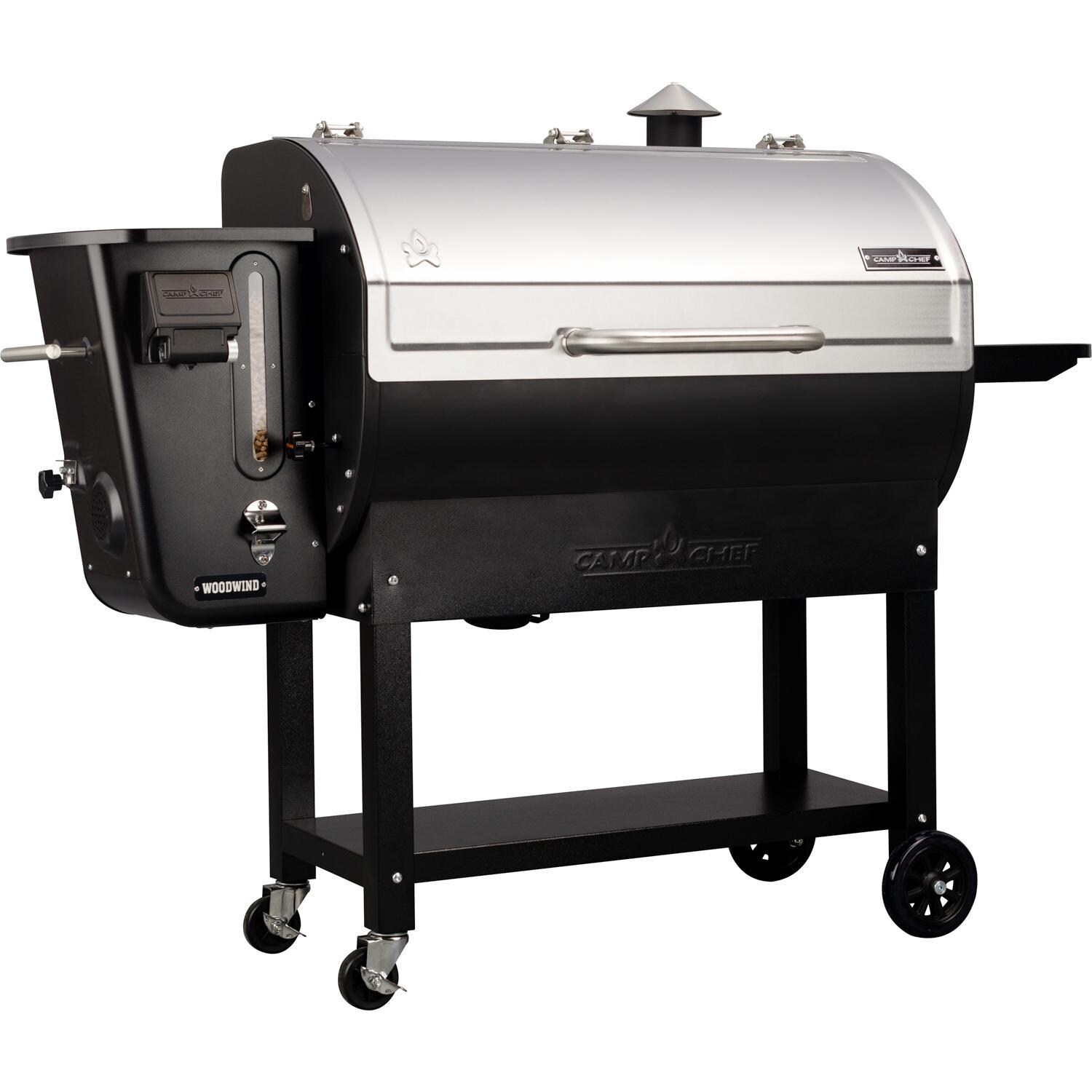)

